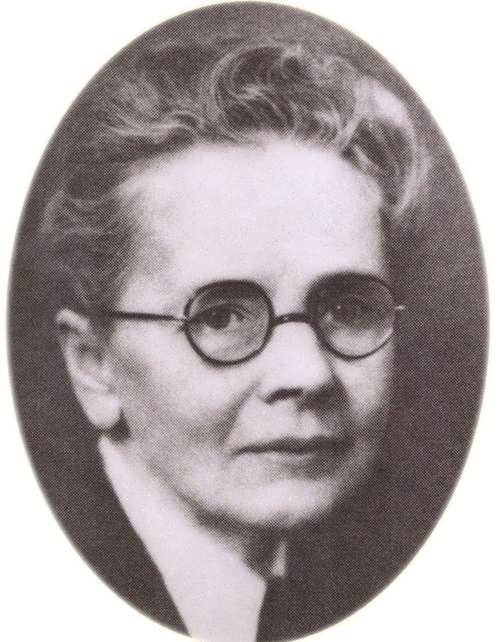
Morgan, a globally renowned architect who was fond of oyster stew and symmetry, completed the building in 1915. The bottom three are home to Envision Academy of Arts & Technology, a charter school.īut the original tiles, fixtures, faucets and gym-floor panels remain, a reminder of architect Julia Morgan's meticulous attention to durability and detail. Once a boarding house and educational center for young women, it now hosts dorm rooms for the California College of the Arts (CCA) on its top two floors. Like a granite boulder among sandstone, the former Oakland YWCA building endures at the corner of Webster and 15th streets. Check out our previous entries in the series, on the Mills College bell tower and the former King’s Daughters Home.
Julia morgan style series#
Julia Morgan: An Intimate Biography of the Trailblazing Architect by Victoria Kastner is published by Chronicle Books and is available on Bookshop.This story is the third in a four-part series on Oakland architect Julia Morgan, and the histories of four key buildings she designed. Julia Morgan, Gregorian Cloister Chapel of the Chimes, Oakland Neptune Pool, construction picture, 3.6/8 x 2.9/16 inches Julia Morgan, Berkeley City Club Julia Morgan, Wyntoon, Bavarian Village, Brown Bear House Julia Morgan, Goethe House, Sacramento Julia Morgan, El Campanil Mills College, Oakland Throughout her career, Morgan listened that takes courage, too. Rather than imposing a single vision across all of her projects, Morgan adapted her designs to her clients’ needs and tastes.

Her diverse projects span Spanish, Mediterranean, Gothic, Neoclassical, and many other styles, but they typically use natural materials and emphasize California’s stunning vistas. But another reason for Morgan’s relative obscurity is that she didn’t work in a single mode. As a result, the architect often refused to be photographed, give interviews, or accept awards. Kastner’s book reveals Morgan to be a humble hard worker and devoted friend, who shied away from media attention and accolades throughout her life.Īs the first woman in her position, Morgan was badgered by the press, who were often more interested in debating her looks and femininity than in evaluating her work. The author also weaves in diary entries, letters, and interviews with the architect’s coworkers and family, giving us a glimpse at Morgan’s elusive, unique personality. The author details the pioneering techniques behind notable structures like Hearst Castle and San Francisco’s Fairmont Hotel, as well as the many schools, churches, theaters, hospitals, and charity clubs that Morgan built.
Julia morgan style professional#
Kastner’s book resurrects the architect’s professional impact on the field of architecture and on the California landscape. In her late 60s, she began a series of solo journeys around the world by freighter, something that would still be considered fearless, if not absurd, today.ĭespite her many accomplishments, Morgan has largely been forgotten. Morgan navigated the challenges of designing and executing more than 700 building projects on the earthquake-prone American West Coast, and dealt with powerful clients including William Randolph Hearst, one of her long-time patrons. Not only did she withstand harsh hazing from her male peers - who taunted her, poured water over her head, and pushed her off of benches - but she completed the rigorous program in three years instead of the customary six. Born in San Francisco, California, Morgan was the first woman to earn a degree in civil engineering from UC Berkeley, and the first woman to study architecture at the École des Beaux-Arts in Paris since the school’s founding in 1648. “I think she was one of the most fearless people I have ever known.”įearless is a word that comes to mind often when reading Victoria Kastner’s new book, Julia Morgan: An Intimate Biography of the Trailblazing Architect (Chronicle Books). When she casually suggested that her employee climb up to view the construction work above, “I was scared to death,” Steilberg remembered. Suddenly, stepping lightly down the rickety ladder came Morgan, who wore trousers under her long wool skirts for just this purpose. “There was a ladder going from the thirteenth floor clear out over California Street to a scaffold,” he recalled.

Decades later, Steilberg looked back on his first week with Morgan at a job site downtown.

In 1910, Julia Morgan - the first woman licensed to practice architecture in California, and one of the most sought-after architects in the United States - hired the young San Francisco engineer Walter Steilberg.


 0 kommentar(er)
0 kommentar(er)
